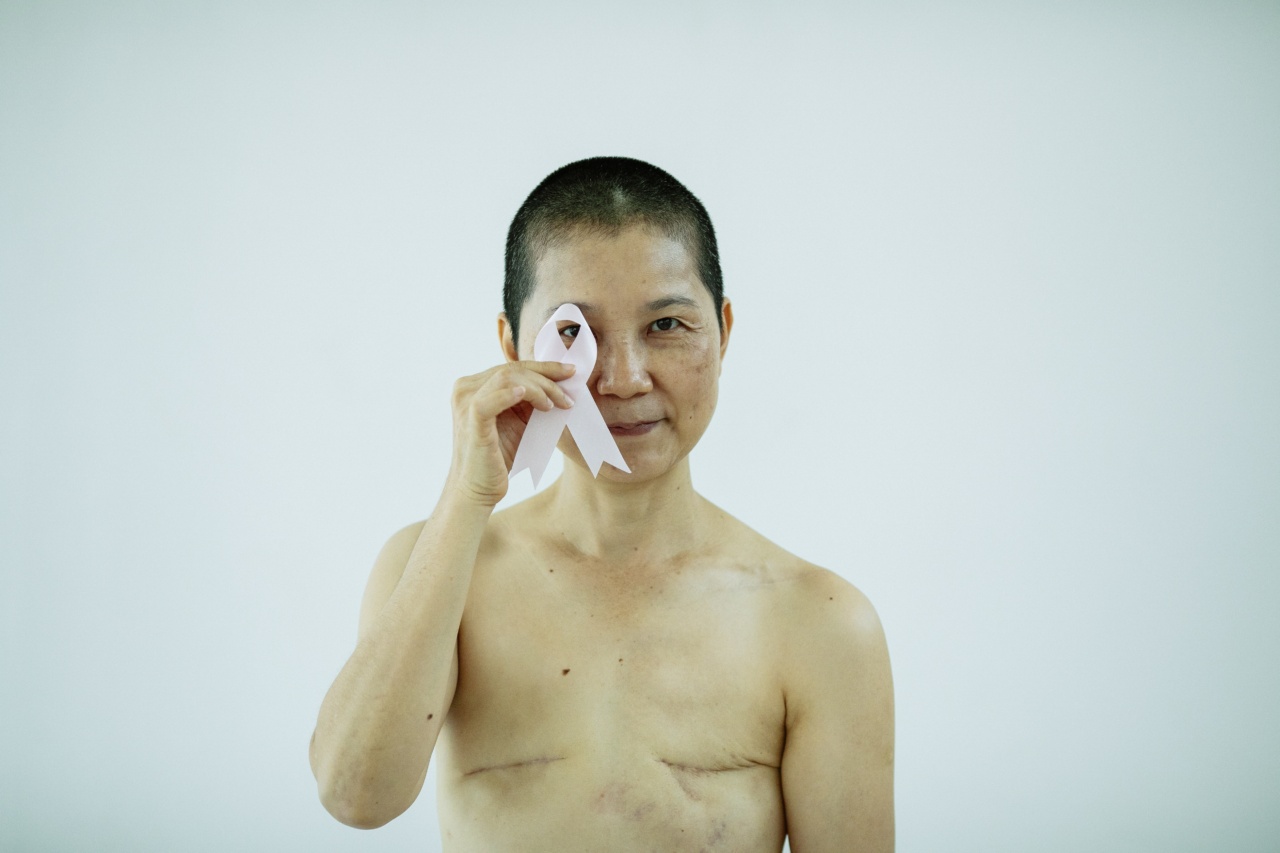Regenerating Breast Tissue After Mastectomy: A Positive Outlook.
Understanding Mastectomy
Mastectomy is a surgical procedure performed to remove one or both breasts as a part of breast cancer treatment. While it is an effective way to eliminate cancerous cells, it often leaves the patient with physical and emotional scars.
The loss of breast tissue can significantly impact a woman’s body image and self-esteem. However, medical advancements have provided new hope for regenerating breast tissue after mastectomy.
Traditional Breast Reconstruction Techniques
In the past, breast reconstruction typically involved the use of implants or autologous tissue transfer. Implants are silicone or saline-filled devices placed under the chest muscle to mimic the shape and feel of a natural breast.
Autologous tissue transfer involves taking tissue from another part of the body, such as the abdomen or back, and using it to reconstruct the breast.
These techniques have proven to be beneficial for many women seeking breast reconstruction. However, they come with certain limitations and potential complications.
Implants may require additional surgeries for maintenance or removal, and they may not provide the most natural appearance. Autologous tissue transfer can result in donor site complications and prolonged recovery periods.
Advancements in Regenerative Medicine
Regenerative medicine has emerged as a promising field in breast tissue regeneration after mastectomy.
The utilization of stem cells and tissue engineering techniques has paved the way for innovative solutions to restore the breast’s natural shape and function. By harnessing the body’s own regenerative capabilities, scientists and medical professionals aim to provide more permanent and satisfactory outcomes for breast reconstruction.
Stem Cell Therapy for Breast Tissue Regeneration
Stem cells are unspecialized cells that have the unique ability to differentiate into various cell types. They can be harvested from different sources, including adipose tissue, bone marrow, and umbilical cord blood.
In the context of breast tissue regeneration, stem cells offer the potential to stimulate the growth of new blood vessels and encourage the development of specialized breast cells.
Several studies have shown promising results in using stem cell therapy for breast tissue regeneration. These procedures involve isolating stem cells from the patient’s own body and injecting them into the affected areas.
The stem cells can differentiate into adipocytes, blood vessels, and other necessary components for breast tissue regeneration.
Tissue Engineering Approaches
Tissue engineering combines cells, scaffolds, and signaling molecules to create functional living tissues.
In the field of breast tissue regeneration, tissue engineering techniques offer new possibilities for creating breast-like structures that closely resemble natural breasts.
Researchers have developed bioengineered scaffolds made from biocompatible materials, such as hydrogels. These scaffolds act as a framework to support the growth of new cells and provide structural stability.
Additionally, the scaffolds can be functionalized to release growth factors and signaling molecules, further enhancing the regeneration process.
Challenges and Future Directions
The field of regenerating breast tissue after mastectomy is still relatively new, and there are various challenges that need to be addressed. One key challenge is ensuring the long-term viability and integration of the regenerated tissue.
Additionally, more research is needed to optimize the techniques and determine their effectiveness in different patient populations.
However, the future looks promising. The advancements in regenerative medicine and tissue engineering provide a positive outlook for breast tissue regeneration.
As research progresses, it is likely that more innovative solutions will emerge, offering improved outcomes and quality of life for women who have undergone mastectomy.
Conclusion
Regenerating breast tissue after mastectomy offers hope and a positive outlook for women who have undergone this life-changing procedure.
With the advancements in stem cell therapy and tissue engineering, it is now possible to restore the natural shape and function of the breast, providing a sense of wholeness to breast cancer survivors. While challenges remain, ongoing research and innovation in this field continue to bring us closer to achieving more permanent and satisfactory outcomes for breast reconstruction.



























